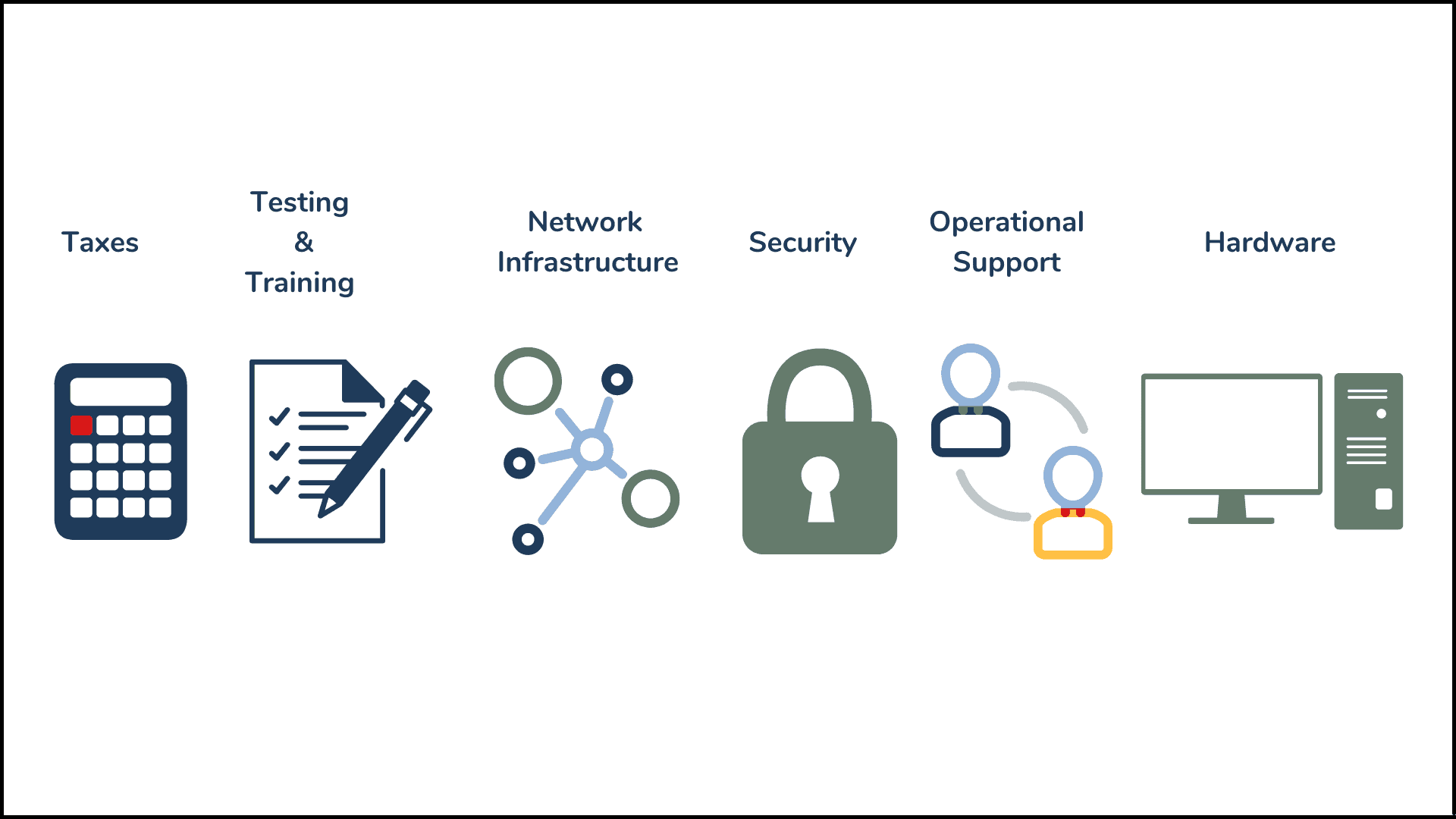When it comes to technology buying decisions, there are a few major groups that need to be aligned in order for the process to go smoothly. These include (but aren’t limited to) CTOs, VP of Operations, Finance, and IT buyers. The challenge is in getting everyone on the same page while still giving each group what they need. In this blog post, we’ll look at how to build transparent alignment during the buying cycle and why it’s important.
When trying to align stakeholders during a buying cycle, friction in between competing factions can be a major impediment. There are two main types of friction that can prevent consensus from being reached: time/resource constraints and urgency. When dealing with time/resource constraints, stakeholders may not have enough resources or personnel available to make an informed decision in a timely manner. On the other hand, when urgency is involved, stakeholders may feel like they need to rush through their decision-making process in order to meet their deadlines. Both scenarios can lead to less than optimal results and create more work for everyone involved in the process. Unfortunately, this can lead to wasted hours, stalled buying cycles, and worst of all – failed purchase/implementation.
That’s why even in a resource-constrained and urgent buying cycle it is imperative to drive towards (as much as humanly possible) validation and consensus.
Validation and Consensus
The key to building alignment between stakeholders during a buying cycle is validation and consensus-building. Validation helps ensure that all stakeholders are aware of each other’s needs and expectations before making any decisions. Once validation has been established, it’s time for consensus-building – where all parties come together to agree on solutions that meet everyone’s needs while also considering any potential risks or opportunities associated with the purchase decision at hand. This ensures that all stakeholders are on board with whatever solution is chosen and that no one group feels like their needs were neglected or overlooked during the process.
In order for alignment between stakeholders during a buying cycle to be successful, it is important for critical business considerations (such as operating model, perception of risk, security, and business disruption) to be identified early on in the process. Once these have been identified, they can then be used as points of reference when making decisions about which product or service will best serve the organization’s needs. Goin through this motion allows all parties involved in the decision-making process to understand any potential risks associated with not taking action as well as possible rewards should everything go according to plan.
Guidelines to Lead an Effective Validation and Consensus Process
We have put together a few sample questions to help lead you through the validation and consensus process.
- What are the incentives for purchasing new software? What are the benefits the organization could realize from a successful purchase and implementation?
- How does the buying consortium perceive the risk of the project? The risk of staying with the status quo? What is the opportunity cost of not moving forward with this purchase at this time?
- Are there any opportunities or constraints that could lead to trade-offs relative to purchasing a new technology?
- What is the new operating model associated with using this tech?
- Who will own the platform administration, troubleshooting, and budgeting in the future?
- What is the deployment approach and level of effort required to implement this technology?
- What metrics should be used to measure success of this purchase?
- How often will we report on the measures of success and to whom?
- Is there a financial case that can be made in support of purchasing this solution (i.e., what are its potential ROI parameters)? What is the TCO?
- Are there any security or regulatory considerations to highlight before the purchasing process has begun?
Building transparent alignment between stakeholders during a buying cycle can be challenging but ultimately rewarding, if done correctly. The key is starting conversations early with primary groups who will benefit from the purchase decision in order to ensure everyone understands their role and responsibilities throughout the process. Additionally, it’s important for skeptics within the organization who may not see eye-to-eye with those pushing forward with a purchase decision to be included early on so their concerns can be heard and addressed appropriately before anything moves too far down the path towards implementation. Finally, documenting shared truths – or principles that align business value drivers with expected outcomes – helps ensure that everyone remains focused on achieving mutually beneficial results throughout every step of the purchasing journey!
See: Navigating change management in the IT buying journey.
Sometimes bringing in a third-party, an objective team, that has experience building the transparent alignment framework for a buying cycle across cross-functional teams can cut through confusion, conflict, and delays. Or, at a minimum, reduce them significantly. At CXponent, we can help expedite and optimize the alignment process during constrained and urgent timeframes. It is one of our specialities!
We want to make it simple for buyers to get the technology solutions they need while also feeling confident in their decisions. Our team of experts can provide peace of mind by providing unbiased guidance and helping you determine the best course of action for your unique needs. We’ll work with you through every step of the process, from planning and selection to deployment.
Benefits of Working With CXponent
- Faster and more efficient project & vendor validation and team alignment.
- Create better leverage negotiating & managing IT partner vendor.
- Save Time: Reallocate scarce resources to high value activities and make faster decisions.
- Reduce Risk: Eliminatepoor vendor choices and unsuccessful implementations to avoid wasted time and resource costs.
Interested in learning more? Set up a call with us today for a free consultation and receive a personalized report outlining the best path forward for your organization.


.png)



